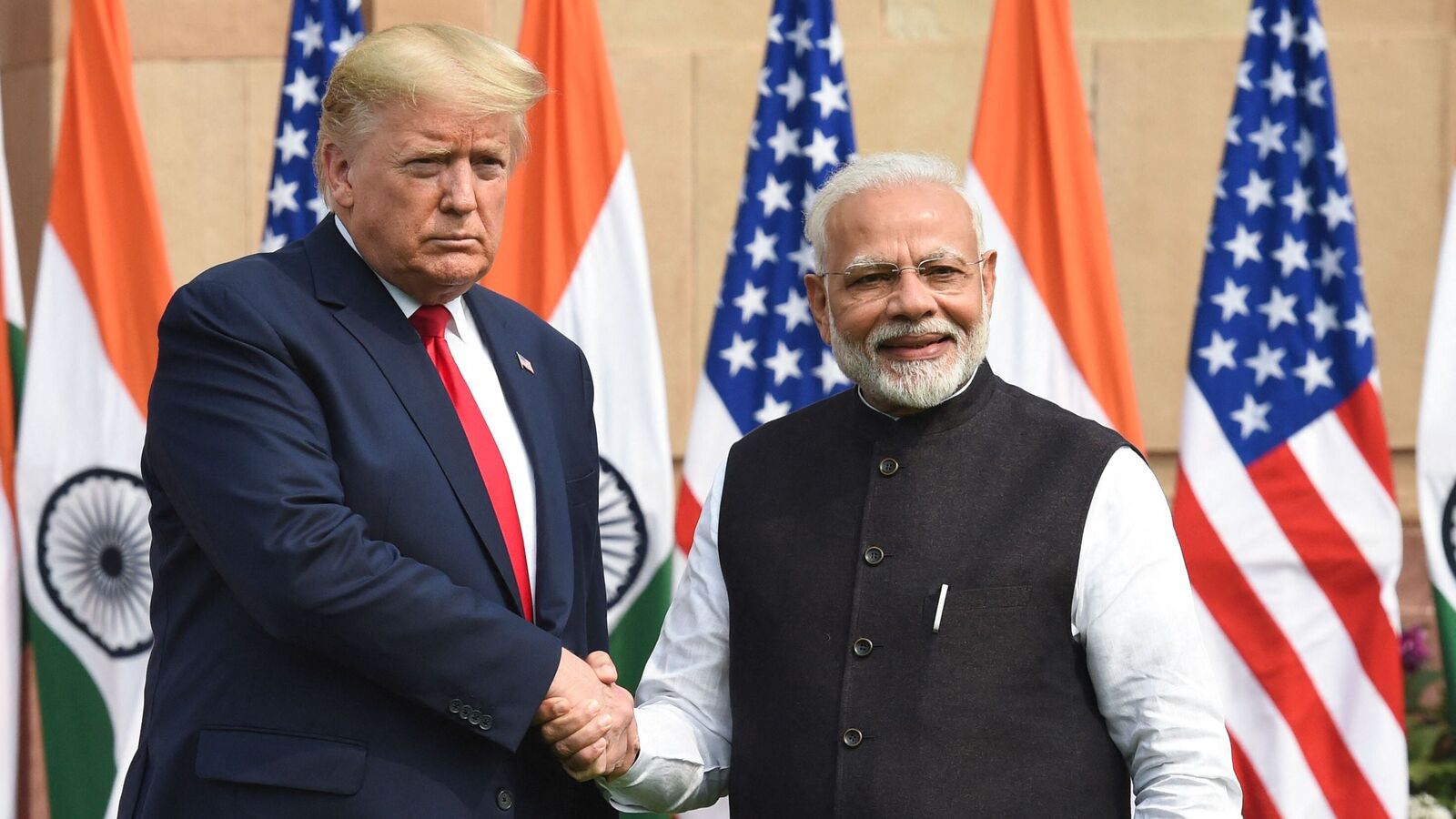US-India Trade Talks Set to Begin: Key Focus Areas Revealed
In a significant development for international commerce, Indian and American officials are gearing up for a crucial three-day negotiation session starting on April 23 in Washington. This meeting aims to advance discussions on a potential trade agreement, covering an extensive range of topics, including tariffs, non-tariff barriers, and customs facilitation. With the backdrop of a 90-day tariff pause, this gathering is expected to set the tone for future bilateral trade relations.
Key Objectives of the Discussions
The Indian delegation, led by Rajesh Agrawal, who recently took on the role of Additional Secretary in the Department of Commerce, is tasked with giving momentum to the negotiations. This marks the first in-person dialogue between the two nations under the new administration. Agrawal is poised to assume the role of Commerce Secretary starting October 1, making this meeting particularly timely.
During the talks, officials will focus on:
- Establishing a clear pathway for negotiations.
- Discussing the Terms of Reference (ToRs) that will guide the trade talks.
- Exploring specific areas such as rules of origin, goods, services, and regulatory issues.
According to sources, the discussions will not only refine the ToRs but also outline the general framework of the proposed agreement. The goal is to identify common ground within the 90-day timeframe set by the previous administration.
Potential for an Interim Agreement
The significance of this meeting cannot be overstated. A senior official recently indicated that an interim trade deal could emerge from these discussions if both parties find it mutually beneficial. The concept of "level of ambition" is particularly important in this context; it refers to how far each country is willing to go in terms of trade liberalization.
In summary, the upcoming talks between India and the US present a pivotal opportunity to solidify trade relations. Both nations are eager to address their differences and seek pathways that enhance economic cooperation. As these discussions unfold, the world will be watching closely to see how they shape future bilateral trade agreements.
Conclusion
With the focus on key areas like tariffs and customs facilitation, the negotiation sessions in Washington could lay the groundwork for a transformative trade relationship. As both sides navigate their priorities, the outcome of these talks is likely to have lasting implications for global trade dynamics.











